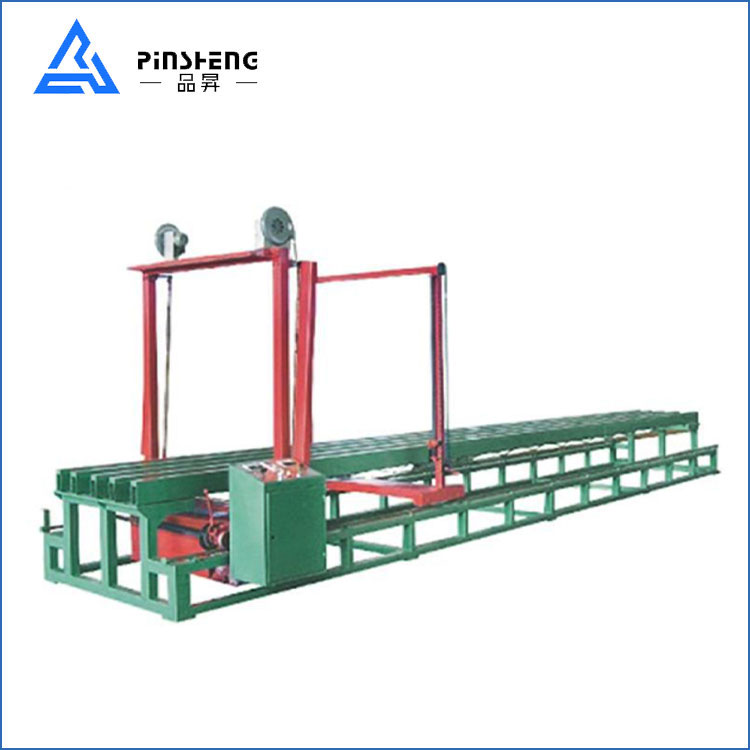- English
- Español
- Português
- русский
- Français
- 日本語
- Deutsch
- tiếng Việt
- Italiano
- Nederlands
- ภาษาไทย
- Polski
- 한국어
- Svenska
- magyar
- Malay
- বাংলা ভাষার
- Dansk
- Suomi
- हिन्दी
- Pilipino
- Türkçe
- Gaeilge
- العربية
- Indonesia
- Norsk
- تمل
- český
- ελληνικά
- український
- Javanese
- فارسی
- தமிழ்
- తెలుగు
- नेपाली
- Burmese
- български
- ລາວ
- Latine
- Қазақша
- Euskal
- Azərbaycan
- Slovenský jazyk
- Македонски
- Lietuvos
- Eesti Keel
- Română
- Slovenski
- मराठी
- Srpski језик
The working principle of the EPS machine
2021-12-01
The basic principle of EPS machine is that the torque sensor is connected with the steering shaft (pinion shaft). When the steering shaft rotates, the torque sensor starts to work and converts the relative rotation angular displacement of the input shaft and output shaft under the action of the torsion bar into an electrical signal to the ECU. The ECU determines the rotation direction and boost current of the motor according to the signals of the vehicle speed sensor and torque sensor, So as to complete the real-time control of power steering. Therefore, it can easily provide different power assistance effects of the motor when the vehicle speed is different, so as to ensure that the vehicle is light and flexible when steering at low speed and stable and reliable when steering at high speed.
Electric power steering system is developed on the basis of traditional mechanical steering system. It uses the power generated by the motor to help the driver with steering operation. The system is mainly composed of three parts: signal sensing device (including torque sensor, angle sensor and vehicle speed sensor), power steering mechanism (motor, clutch and deceleration transmission mechanism) and electronic control device. The motor only works when power is needed. When the driver operates the steering wheel, the torque angle sensor generates the corresponding voltage signal according to the input torque and steering angle. The vehicle speed sensor detects the vehicle speed signal, and the control unit gives instructions to control the operation of the motor according to the voltage and vehicle speed signals, so as to generate the required steering power.

Electric power steering system is developed on the basis of traditional mechanical steering system. It uses the power generated by the motor to help the driver with steering operation. The system is mainly composed of three parts: signal sensing device (including torque sensor, angle sensor and vehicle speed sensor), power steering mechanism (motor, clutch and deceleration transmission mechanism) and electronic control device. The motor only works when power is needed. When the driver operates the steering wheel, the torque angle sensor generates the corresponding voltage signal according to the input torque and steering angle. The vehicle speed sensor detects the vehicle speed signal, and the control unit gives instructions to control the operation of the motor according to the voltage and vehicle speed signals, so as to generate the required steering power.

Previous:The basic concept of the EPS machine

